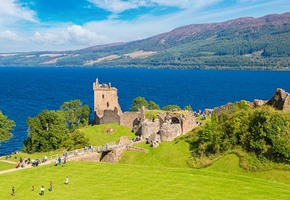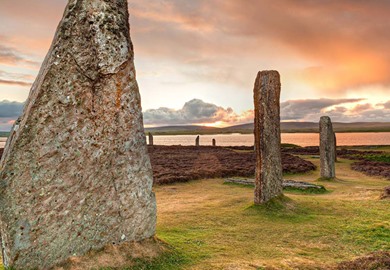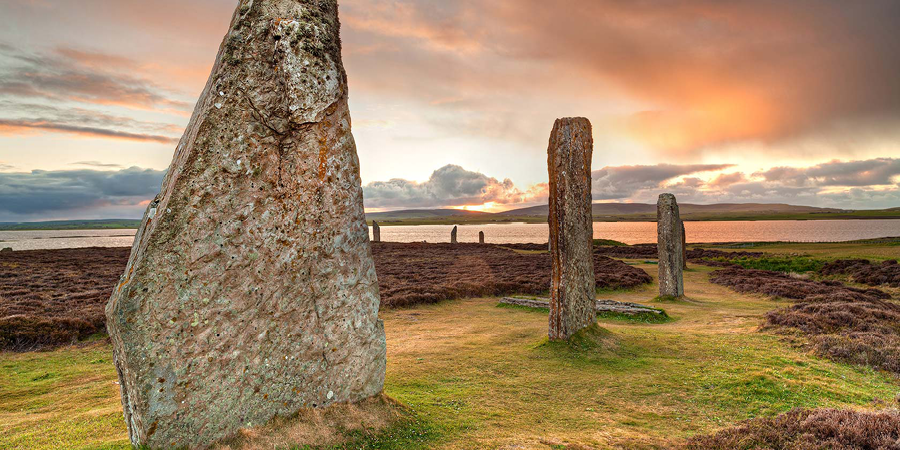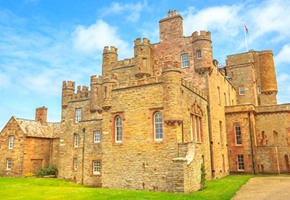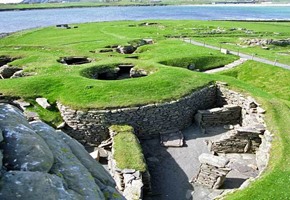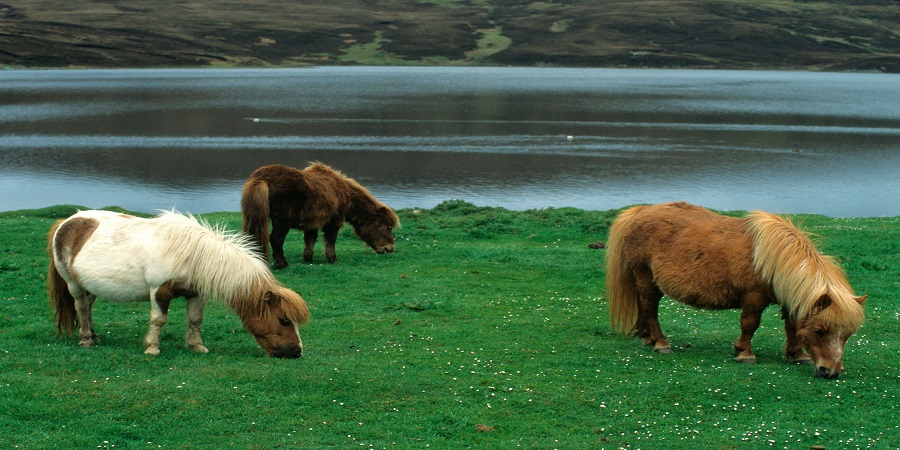Set adrift in the North Sea, the Shetland Isles are Britain's
northernmost outpost, situated closer to Bergen in Norway than to
Edinburgh. This rural, rugged landscape consists of about a hundred
islands, fifteen of which are inhabited. The size of these islands
vary, though much of their landscape is similar; the rolling hills
and sloping green fields end in sheer cliffs, and are dotted with
whitewashed farmhouses - and of course the Shetland's famous
ponies.
In recent years, the Shetland Isles have developed a reputation
as a tourist escape, and no wonder; with countless activities,
numerous archaeological sites and a rich cultural heritage, there
is much to delight the visitor. And with such a strong Norse
influence, both geographically and politically, you leave with a
feeling of having been farther than Scotland.
